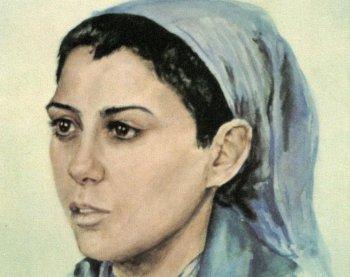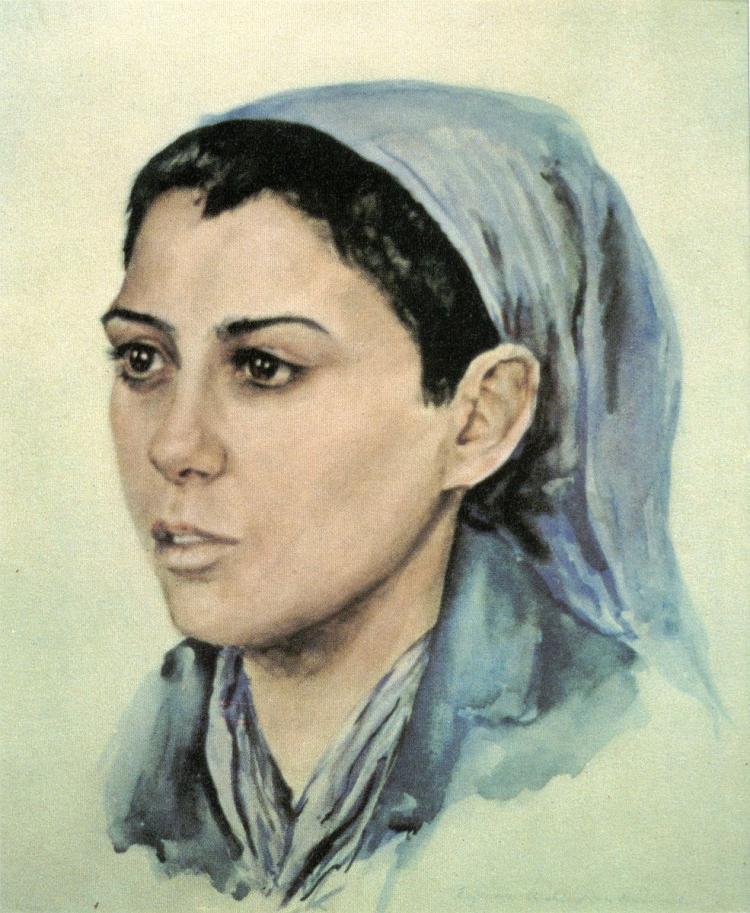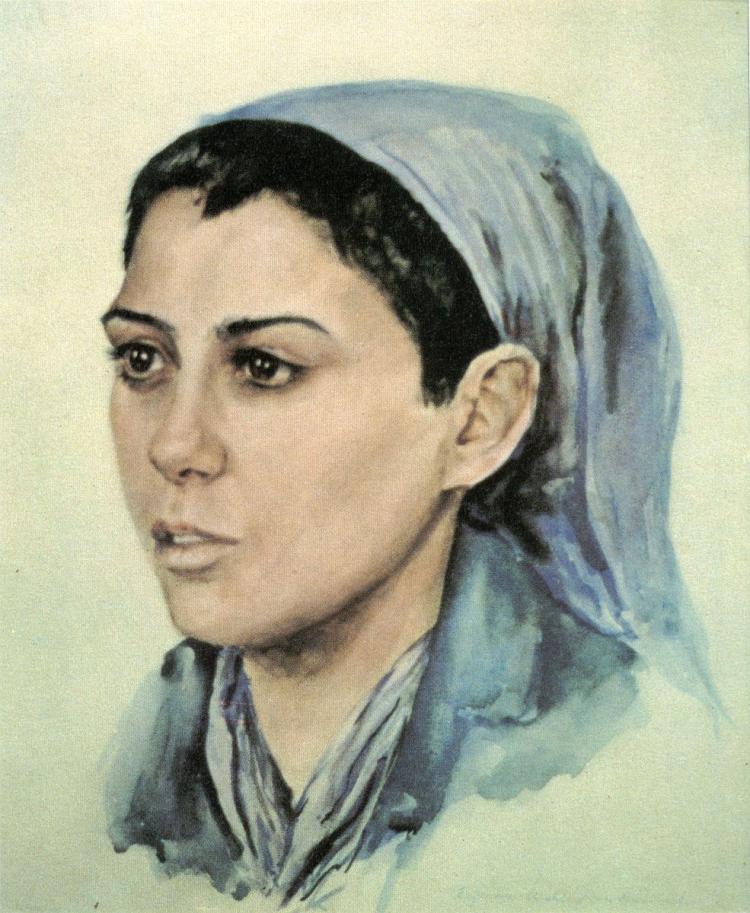Child-Artist Survivors of Holocaust Featured in Documentary
Filmmaker Hilary Helstein startled and fascinated me when we spoke recently about her new film.

Dina Gottliebova Babbitts Gypsy portrait of Celine, the Madonna-painted by force by the infamous Nazi Dr. Mengele. Courtesy of Menemsha Films
|Updated:




